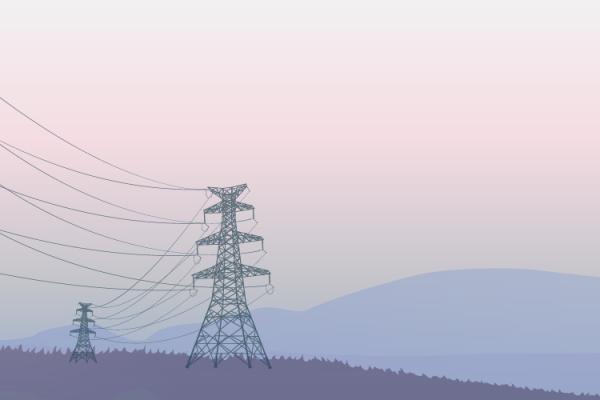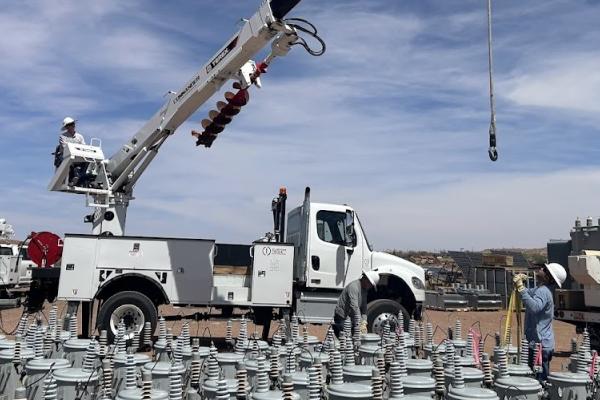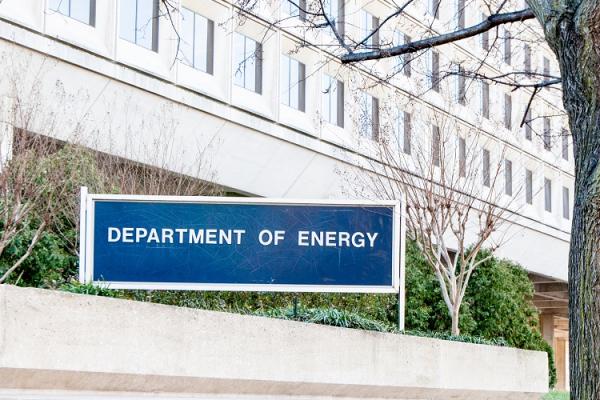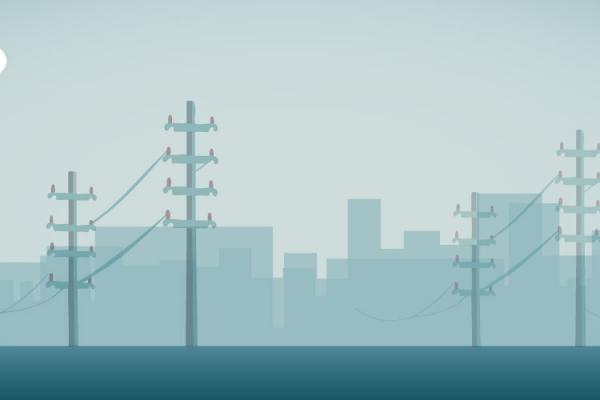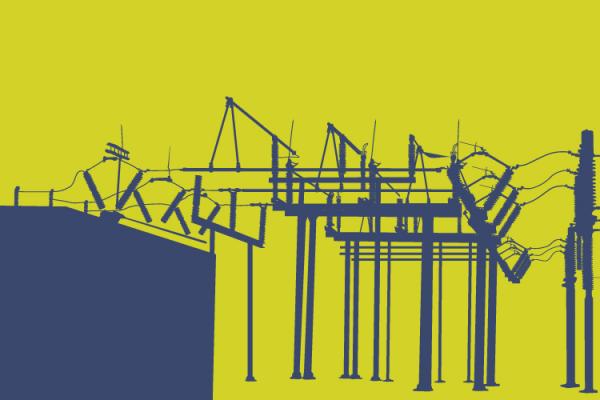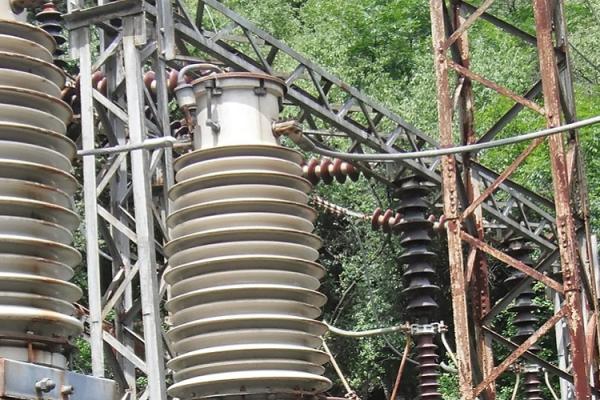Public Power's Position
The reliability of the electric grid and the nation’s economy are threatened by critically short supplies of distribution transformers and other critical electric infrastructure materials.
- The Department of Energy should utilize Defense Production Act authorities to increase the production of distribution transformers. Congress should appropriate $1 billion toward this effort.
- The federal government must work directly with manufacturers to identify short- and long-term solutions addressing the root causes of the distribution transformer shortage, as well as to encourage domestic production.
- Given the unprecedented demand and the constraints in production capabilities, APPA urges DOE to maintain current conservation standards for distribution transformers.
About the Issue
Distribution transformers are essential for electric utilities to expand capacity, provide electricity to new communities, and restore service when existing infrastructure is damaged during a natural disaster. Public power utilities have low inventories of distribution transformers on hand and some are at a high risk of running out of stock in a month. Lead times to purchase new distribution transformers have grown significantly, from three months in 2018 to an excess of 12 months or more. Manufacturers indicate that a lack of skilled labor and materials are the cause of supply shortages.
Shortages of distribution transformers have caused public power utilities to defer or cancel one in five infrastructure projects. As the economy rebounds from the impacts of the pandemic, additional electric capacity is needed to power new residential and commercial development, new manufacturing facilities, and support a rapidly expanding electric vehicle fleet. Public power utilities are investing heavily in clean energy technologies to meet environmental goals. Simultaneously, the industry is facing more frequent and severe extreme weather events, requiring more resource-intensive response and restoration.
To ensure that these supply chain constraints do not impact reliability, utilities are taking extraordinary measures to meet current demand with limited supply. That includes refurbishing older equipment and swapping equipment in the field to generate spares from underutilized equipment. These are necessary, last-ditch efforts to protect the safety of electric customers and sustain other sectors that depend on electricity, but they move the industry further away from clean energy, efficiency, and affordability goals.
Even with a strong mutual aid program in place, for the first time, public power utilities are raising concerns that they may not have the stocks to share with other utilities following an extreme weather event or disaster.

